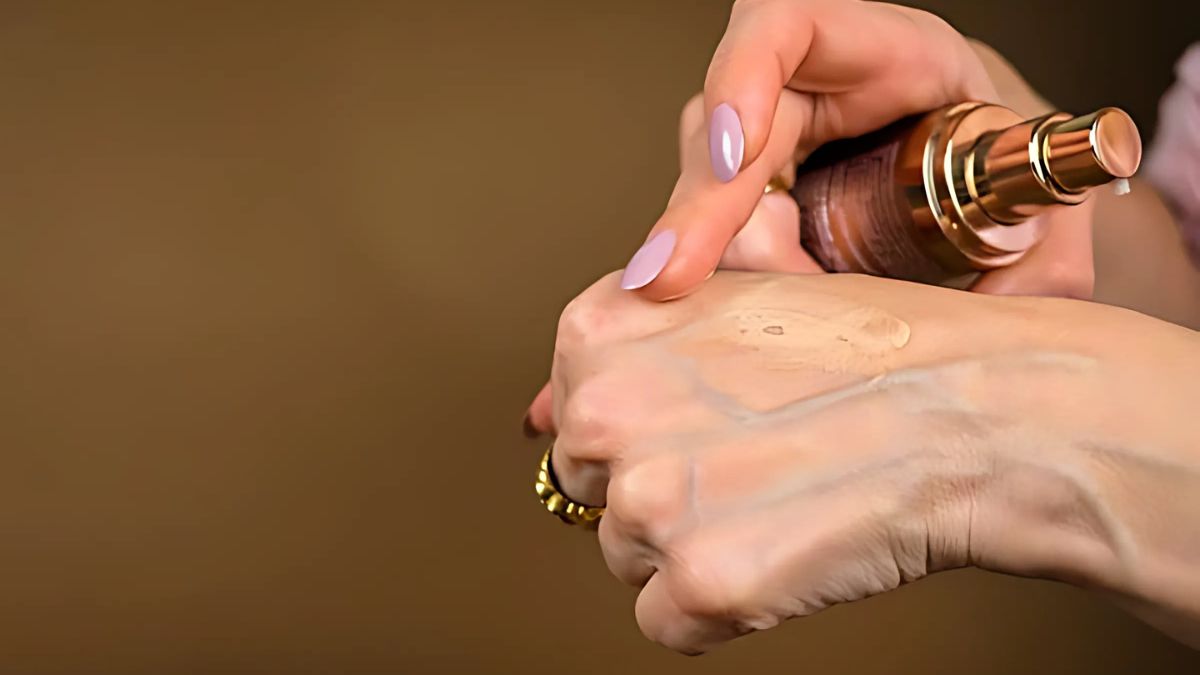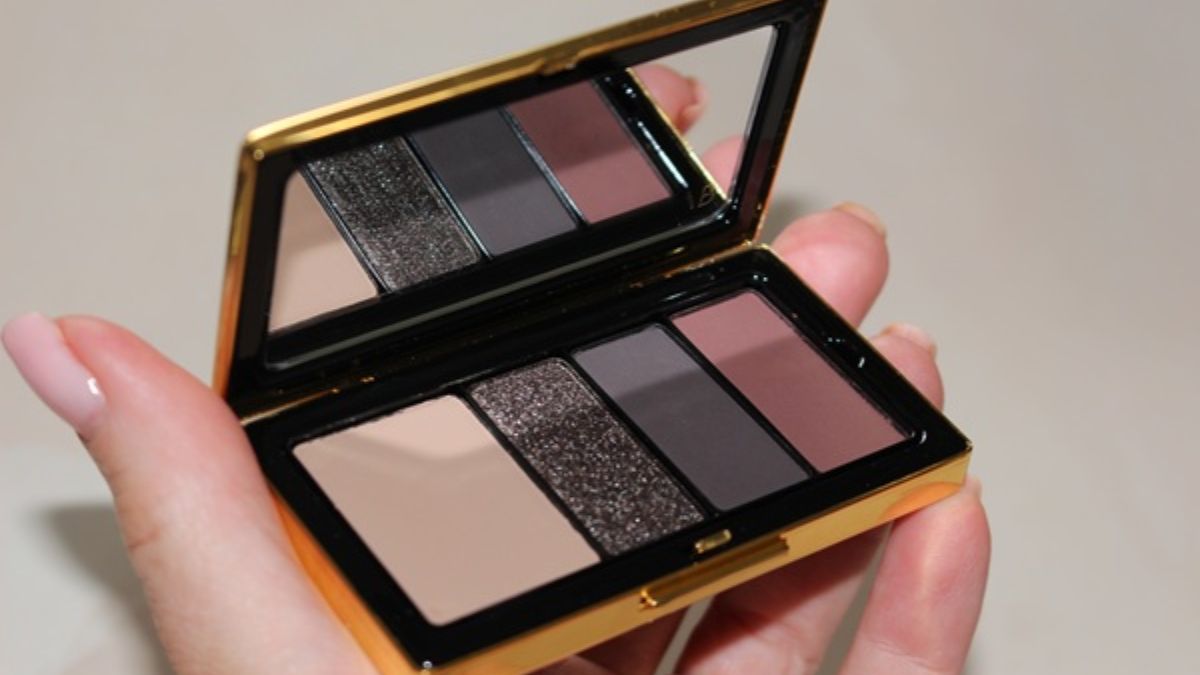Choosing the right foundation can feel overwhelming, especially with so many textures, finishes, and shade ranges available. Whether you’re a makeup beginner or a seasoned beauty enthusiast, understanding your skin’s needs and how to pair them with the right foundation makeup is the secret to a flawless complexion.
In this guide, we’ll help you navigate through the sea of options—from powder foundation to liquid foundation—so you can make confident choices that enhance your natural beauty.
Why Foundation Matters in Your Makeup Routine
Foundation is exactly what it sounds like—the base of your makeup look. It sets the tone for everything else, creating a smooth, even surface that allows your other products (like blush, bronzer, and highlighter) to sit beautifully on your skin.
But not all foundation makeup is created equal. The wrong one can cling to dry patches, slide off oily skin, or mismatch your undertones. That’s why finding your perfect formula is a game-changer. It’s not just about coverage—it’s about comfort, longevity, and looking like the best version of yourself.
Step 1: Understand Your Skin Type
Before you start shopping for foundation makeup, the most important thing is to know your skin type. Ask yourself:
- Is your skin dry, oily, combination, or sensitive?
- Do you get shiny throughout the day?
- Are there areas where your skin feels tight or flaky?
Once you understand this, you can narrow down the formulas that will work best for you.
Dry Skin
Dry skin tends to absorb moisture quickly, which can lead to patchy or cakey foundation. A liquid foundation with hydrating ingredients like hyaluronic acid or glycerin is ideal for dry skin types. It adds moisture and gives a radiant, dewy finish that makes the skin look healthy and plump{1}.
Oily Skin
If you battle excess shine or makeup slipping off by midday, you likely have oily skin. In this case, a powder foundation can be your best friend. It helps mattify the skin, control shine, and stay in place longer. Look for non-comedogenic formulas to avoid clogging pores.
Combination Skin
This is the trickiest type, where some parts of your face are oily (typically the T-zone) while others are dry. You can actually mix and match—using liquid foundation in dry areas and a light dusting of powder foundation where you need extra shine control.
Step 2: Choose Your Foundation Type

There are several types of foundation makeup, each offering different benefits depending on your preferences and skin needs.
Liquid Foundation
By far the most popular choice, liquid foundation works well for nearly every skin type—especially dry and combination. It’s versatile in terms of coverage (from light to full), and comes in a range of finishes: matte, satin, or dewy.
Liquid formulas are also easy to blend, whether you’re using your fingers, a brush, or a sponge. If you’re looking for a natural, skin-like finish with customizable coverage, liquid foundation is likely your best bet.
Pros:
- Buildable coverage
- Hydrating options available
- Works well with most application tools
Best for: Dry, combination, and mature skin types.
Powder Foundation
A powder foundation is often overlooked but is incredibly useful—especially for oily skin or quick touch-ups on the go. This type of foundation is typically pressed or loose and delivers a soft matte finish.
Modern powder foundation formulations can also offer buildable coverage and smoother finishes than older, chalkier versions.
Pros:
- Great for oily and acne-prone skin
- Fast and mess-free application
- Helps control shine
Best for: Oily, acne-prone, and young skin.
Step 3: Find Your Perfect Shade
This is where many people struggle. Your foundation makeup should match your skin tone so well that it blends seamlessly into your jawline.
Undertones Matter
You’ve probably heard the terms “cool,” “warm,” and “neutral” undertones. These affect how the foundation looks once applied. Here’s a quick guide:
- Cool undertones: pink, red, or blue hues in your skin
- Warm undertones: golden, peachy, or yellow hues
- Neutral undertones: a mix of both
You can determine your undertone by looking at the veins in your wrist. If they appear blue, you’re likely cool-toned; if green, you’re warm; and if you see both, you’re neutral.
Test It Right
When trying out foundation makeup, don’t swatch on your hand. Instead, test it along your jawline in natural light. This gives the most accurate picture of how it will look on your face.
Step 4: Decide on the Coverage
Coverage is how much pigmentation your foundation makeup offers:
- Light coverage: Great for evening out skin tone while keeping the skin’s natural texture visible.
- Medium coverage: Covers minor blemishes and redness without looking too heavy.
- Full coverage: Masks imperfections, scars, and discoloration completely. Ideal for special occasions or long wear.
A good tip? Start with light or medium coverage liquid foundation and build it up as needed. That way, you avoid looking cakey.
Step 5: Application Tips for a Flawless Finish
Even the best foundation makeup can look off if not applied correctly. Here are some pro tips to get it right:
Prime Your Skin
A primer helps blur pores, smooth texture, and grip the foundation—whether you’re using powder foundation or liquid foundation.
Use the Right Tools
- Fingers: Best for warming up light coverage liquid foundation and achieving a skin-like finish.
- Brushes: Great for blending and buffing, especially for powder foundation.
- Sponges: Give a soft, airbrushed effect and work best with liquid foundation.
Set It (If Needed)
For oily skin types or long wear days, setting your liquid foundation with a powder foundation or translucent powder helps keep it in place and reduces shine.
Foundation for Different Occasions
Your skin’s needs change depending on where you’re going or the time of day.
- Everyday Wear: Opt for lightweight foundation makeup like a tinted moisturizer or light-coverage liquid foundation.
- Work or Events: Medium to full coverage foundation makeup gives you more polish and camera-ready skin.
- Hot Weather: Choose long-wear, oil-controlling formulas like powder foundation.
Common Foundation Mistakes to Avoid
- Wearing the wrong shade – Always test your foundation in natural light.
- Skipping skincare – Moisturised skin helps foundation makeup blend better.
- Using too much product – Start small and build coverage only where needed.
- Not blending into the neck – For a seamless finish, always blend past your jawline.
- Ignoring expiration dates – Foundation, especially liquid foundation, can separate or oxidize over time.

Conclusion
Choosing the right foundation makeup doesn’t have to be intimidating. When you understand your skin type, know your undertone, and explore both liquid foundation and powder foundation options, you set yourself up for a beautiful, natural-looking base.It may take some trial and error, but once you find your perfect match, it’s a total confidence booster. Whether you love the velvety finish of a powder foundation or the glow of a liquid foundation, the key is choosing what works best for you.
Frequently Asked Questions
How do I know if I should use liquid foundation or powder foundation?
Great question! It really comes down to your skin type and how you like your makeup to feel and look. If your skin is dry or you want a dewy, radiant finish, a liquid foundation is usually the way to go. If you have oily or acne-prone skin, or you prefer a matte, lightweight feel, a powder foundation might suit you better. Some people even use both—liquid as a base and powder to set!
Can I use powder foundation on dry skin?
Technically, yes—but it’s not always ideal. Powder foundation tends to cling to dry patches and can emphasize flakiness. If you really want to use powder, make sure your skin is well-moisturized and prepped with a hydrating primer. Otherwise, a liquid foundation is usually more forgiving and hydrating for dry skin types.
What’s the best way to apply liquid foundation for a natural finish?
To keep things natural and skin-like, use a damp makeup sponge or your fingers. Start with a small amount of liquid foundation, dab it on the center of your face, and blend outward. Build up coverage only where you need it—less is more! If you’re going for a bit more polish, a foundation brush can also help you buff everything in smoothly.
Is powder foundation good for touch-ups during the day?
Absolutely! Powder foundation is perfect for on-the-go fixes. It’s great for absorbing shine and refreshing your coverage without looking cakey. Keep a compact in your bag and use a fluffy brush or sponge to lightly dust over areas that need a little help. Just don’t forget to blot excess oil first if your skin is particularly oily.
Can I mix powder and liquid foundations together?
You bet! Many people do. For example, you might apply liquid foundation for a smooth, radiant base and then set it with powder foundation to lock it in and mattify certain areas. Just make sure to apply the powder lightly—especially around dry spots—so it doesn’t look heavy. It’s all about balance and layering in a way that works for your skin.
By Minelooks









Leave a Reply